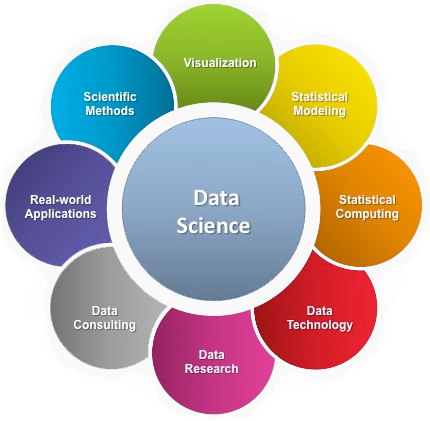The future of site-based mining geologists
When will site-based mining geologists become redundant? And will the Coronavirus pandemic provide further incentive to fast-track a process that has already commenced?
There is no doubt that companies want to reduce the number of site-based technical staff needed to efficiently and effectively manage mining operations. This goal is largely driven by the desire to reduce costs. A large contingent of site-based staff at remote operations is a substantial cost burden, particularly where roles are often duplicated through fly-in fly-out rosters.
But will this happen to mining geologists? Whilst everyone acknowledges that mining geology is essential in a well-managed mining operation, the question is how much longer do geologists in this role need to be site-based, rather than working from an off-site location? Consider the key roles and responsibilities of mining geologists:
- Design, plan and manage the collection of geological (and other) data
- Undertake quality assurance and quality control to ensure the collected data is fit-for-purpose
- Analyse the data
- Create geological interpretations and estimates used by mining staff and management to plan and manage the operation
- Document, manage and communicate geological uncertainty to stakeholders
- Reconcile predictions against actuals
- Manage the geological data, databases and models
- Maintain records of work undertaken and results
- Strive for continuous improvement
- Communicate and work with all stakeholders
Already, some core functions of mining geology have moved off-site in many companies. Databases are often centralised and managed off-site, and resource modelling and estimation is regularly undertaken at head office or through external consultants.
In this fourth industrial revolution, we are witnessing technology innovation that is automating geological data collection. At the recent Mining Geology 2019 conference held in Perth, Western Australia, there were many papers documenting semi-automated data acquisition technologies, including spectral imaging, photogrammetry, geological and geotechnical logging to name a few. This revolution is rapidly reducing the need for geologists to be on-site to manage the objective collection of geological data, whether this data is collected from drilling, direct measurements of mining exposures or other inputs. At many sites we cannot go to the mine face with a G-pick to break a fresh surface of rock and lick it to see what the rocks are telling us.

The industry is also making rapid progress on reducing the need for site-based geologists to manage grade control. Applications include automated blasthole drilling monitoring to measure geological properties, near real-time downhole logging of grade and rock quality parameters, blast movement monitoring, accurate GPS control of mining equipment coupled with semi-automated material characterisation that can be applied to excavator buckets, trucks and conveyors.
Equally importantly, there were papers at the Mining Geology conference presenting semi-automated data analysis and interpretation applications, including machine learning and artificial intelligence. The combination of these technologies with automated data collection will facilitate the relocation of mining geologists from site-based to city-based roles. Yes, for the next few years we will need geologists to help on-site with aspects of data collection and management of mining operations, but we are rapidly moving to the time when this is no longer essential.
Will mining geologists be relocated to a city-based facility to work with other technical mine staff to remotely plan and manage the day-to-day operations of mining? Absolutely – it’s only a matter of time because much of the technology to facilitate this move is available commercially, and the pace of new research, development and implementation is fast. One drawback at present is the lack of a smooth and seamless integration of all the components, but the time is approaching when there will be viable solutions to this challenge.
For many geologists – including me, it will be a sad day when site-based mining geologists become redundant, but that day is certainly coming. It will be sooner for some of the operations owned by the majors, and for those technically simple sites most amenable to remote-controlled geological management. It will take longer where geological complexity demands the geologist be front and centre to the operational planning and management of the mine.
On the bright side – for many geologists, it will provide an opportunity to live in a major regional or capital city with the family and lifestyle benefits that this brings, yet still do the important work of a mining geologist. We will need to enhance our skills to work in this environment, where it will not be possible to physically move around the mine – and to kick, bash and lick them rocks!
For more information
Mark Berry (Director and Principal Geologist)
+61 4 0802 9549
[email protected]
